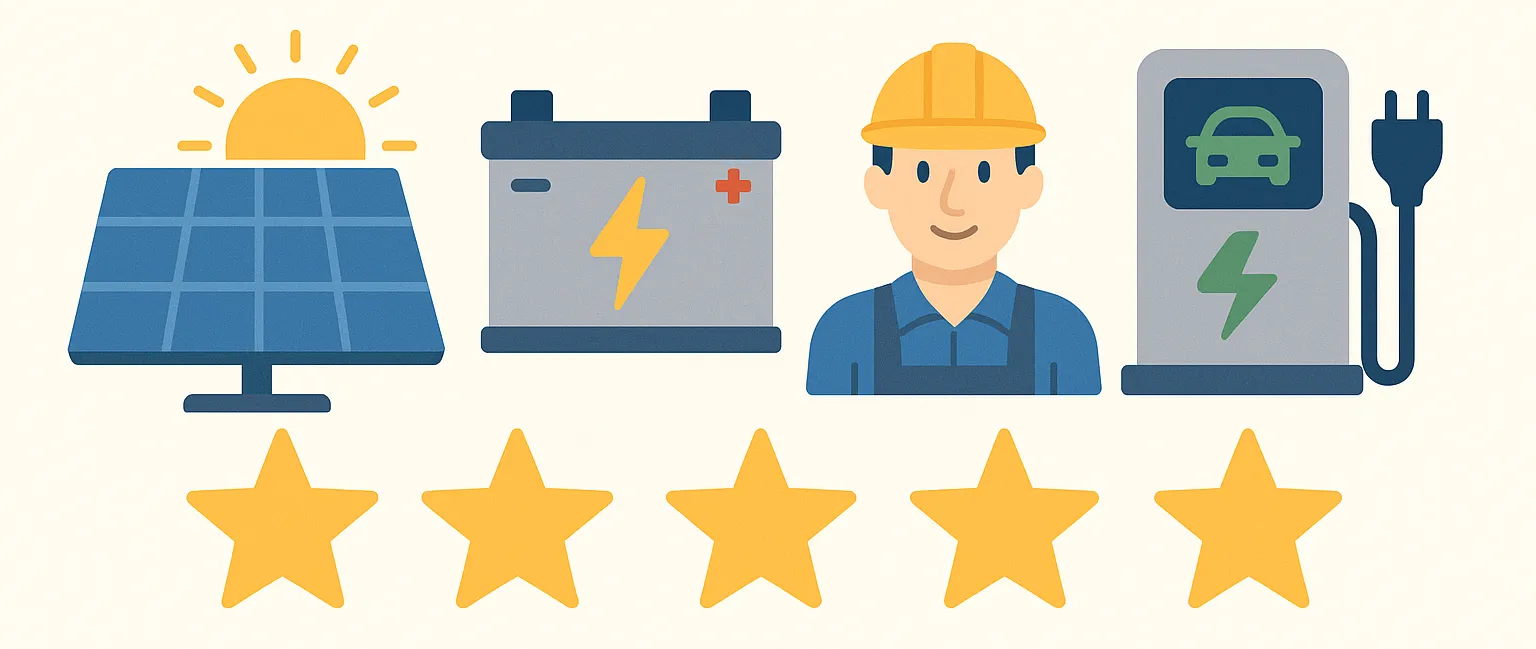Pumped hydro energy storage ‘could make Australia run on renewable energy alone within 20 years’
Australia has the capacity to store up to 1,000 times more renewable energy than it could ever conceivably need, according to an analysis by researchers at the Australian National University (ANU).
Mention energy storage to your average Australian, and they are likely to think of large batteries, such as Tesla’s 100MW lithium-ion battery in South Australia. However, a bigger, cleaner alternative to batteries is gaining traction in the industry, and it relies on a technology which is decades old: pumped hydro.
In this article, we will be looking at what exactly pumped hydro involves and why many consider it to be the future of energy storage in Australia.
What is pumped hydro energy storage?
Pumped hydro energy storage (PHES) is a hydroelectric energy storage system that utilises gravitational potential energy of water. In its simplest form, it will involve two reservoirs, one at a higher elevation to the other. During periods where low-cost energy is being generated, usually through wind or solar generation, energy is used to pump water up to the top reservoir. At times, where energy costs are highest, or otherwise when energy is required, water is released back down to the lower reservoir through turbines, thereby generating energy.
ANU engineering professor Andrew Blakers has conducted a study looking into pumped hydro sites and has concluded that there are at least 22,000 suitable locations nationwide
Professor Blakers said if storage was built at just a tiny fraction of those places, Australia could transition to 100 per cent renewable power within two decades.
“No matter where you are in Australia, you will find a good pumped hydro site not very far away from where you, or your wind or your solar farm is located,” he said.
Pumped hydro in Australia
It is widely acknowledged that the potential for pumped hydro is greater in Australia than elsewhere overseas. Indeed, an ANU report released late last year found a staggering 22,000 potential sites for PHES across Australia.
For the report, Professor Blakers, Dr Stocks and their colleagues looked closely at tens of thousands of sites Australia-wide.
They found the greatest density of pumped hydro storage sites was in New South Wales, where they estimated there was potential to build 29,000 gigawatt hours’ worth of storage capacity across 8,600 sites.
In Victoria they estimated there were 4,400 potentially suitable sites capable of storing 11,000 gigawatt hours’ capacity, while Tasmania could theoretically support 2,050 sites, adding 6,000 gigawatt hours’ of storage.
Professor Blakers said if pumped hydro storage facilities were built at just a handful of sites spread out nationwide, Australia could run on renewables alone.
“Pumped hydro, high-voltage DC interconnectors between the states, solar photovoltaics, wind, batteries and demand management can do the whole job,” he said.
“Not just the whole job for electricity, but the whole job for energy — electrify land transport, electrify heating and cooling and you could make 75 per cent cuts in Australia’s greenhouse gas emissions.
“And I think this is going to happen over the next 15 or 20 years.”
In a statement to AM, Environment and Energy Minister Josh Frydenberg welcomed the study’s findings. He said the Government was already delivering a “major expansion” of the Snowy Hydro scheme and cited the on-going feasibility studies in Tasmania, South Australia and Queensland. The Minister also indicated that the Government was working on a “new priority funding round for large scale storage and other flexible capacity projects including pumped hydro”.
According to a recent report released by RepuTex, an energy and emissions advisory firm in Australia.
The expansion of the Snowy Hydro scheme and the extension of the Liddell coal-fired plant represent the two core pillars of the government’s energy policy framework. This report is intended to examine the impact of these measures on the market, namely the impact on wholesale electricity prices and the interaction with continuing elevated gas prices.
Pumped hydro energy storage is becoming an alternative technology to fill the role that gas was initially envisaged to play in transitioning, to the increased take-up of renewable energy by combining the need for fast acting capacity with the flexibility of operating at a variety of generation levels.
There’s no question that wind and solar investment are going to keep going.
The challenge is to ensure that we end up with a reliable system that is also affordable, and that’s where this study comes in.
This study shows that it would be relatively affordable to run the entire system on wind, solar and pumped hydro.
